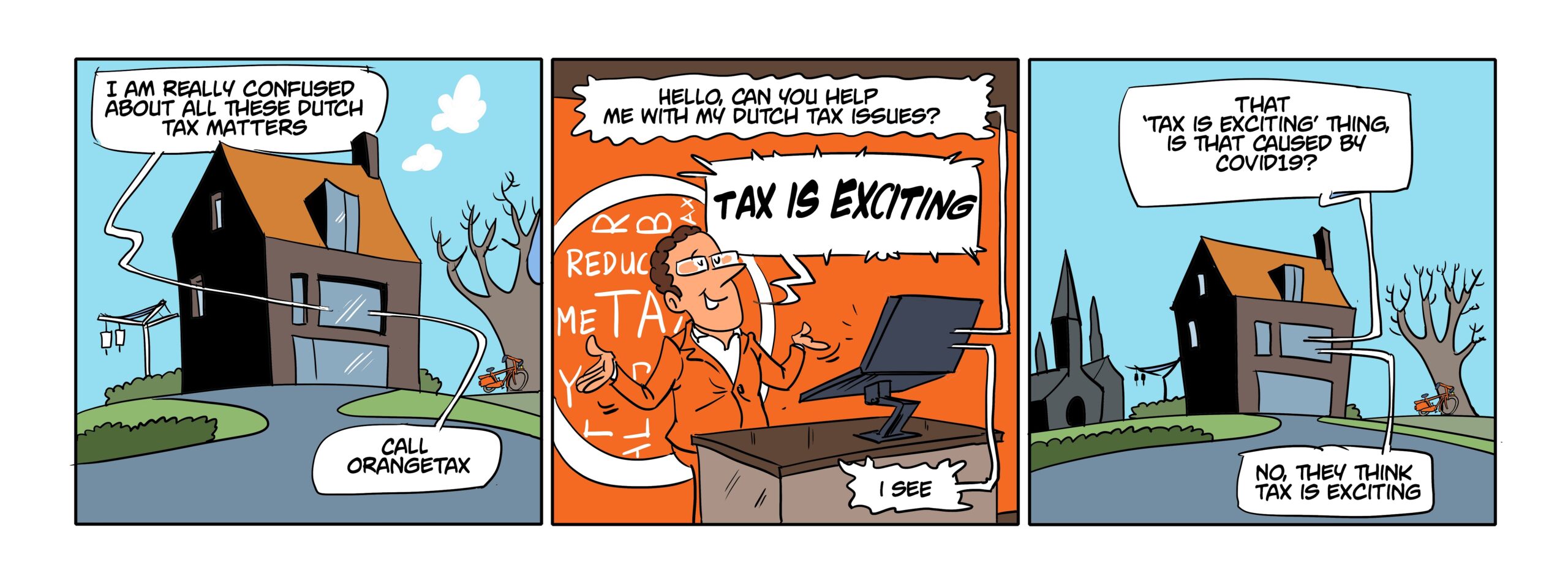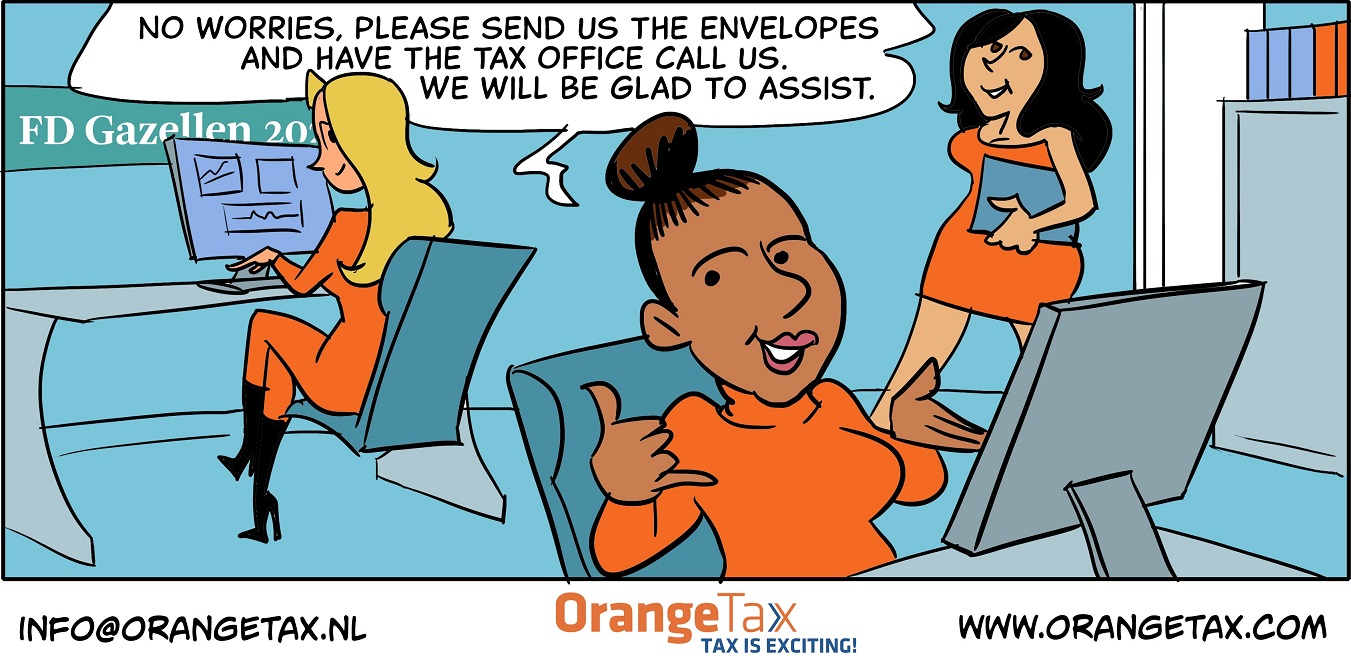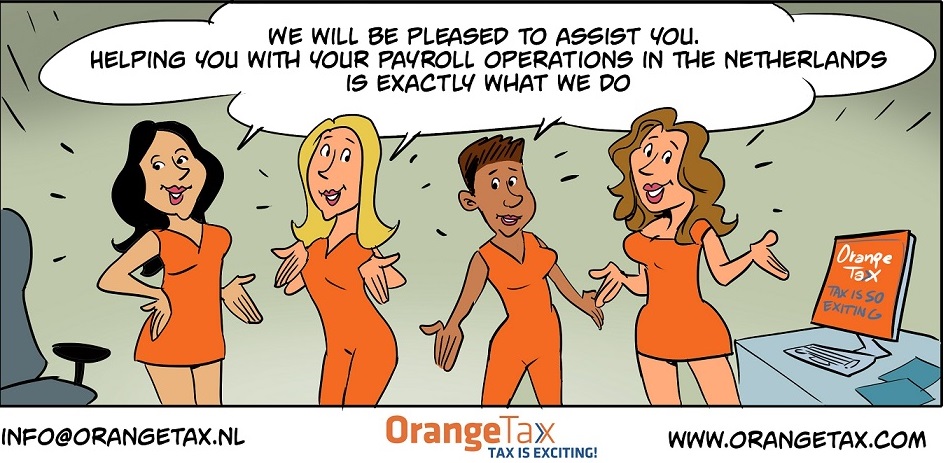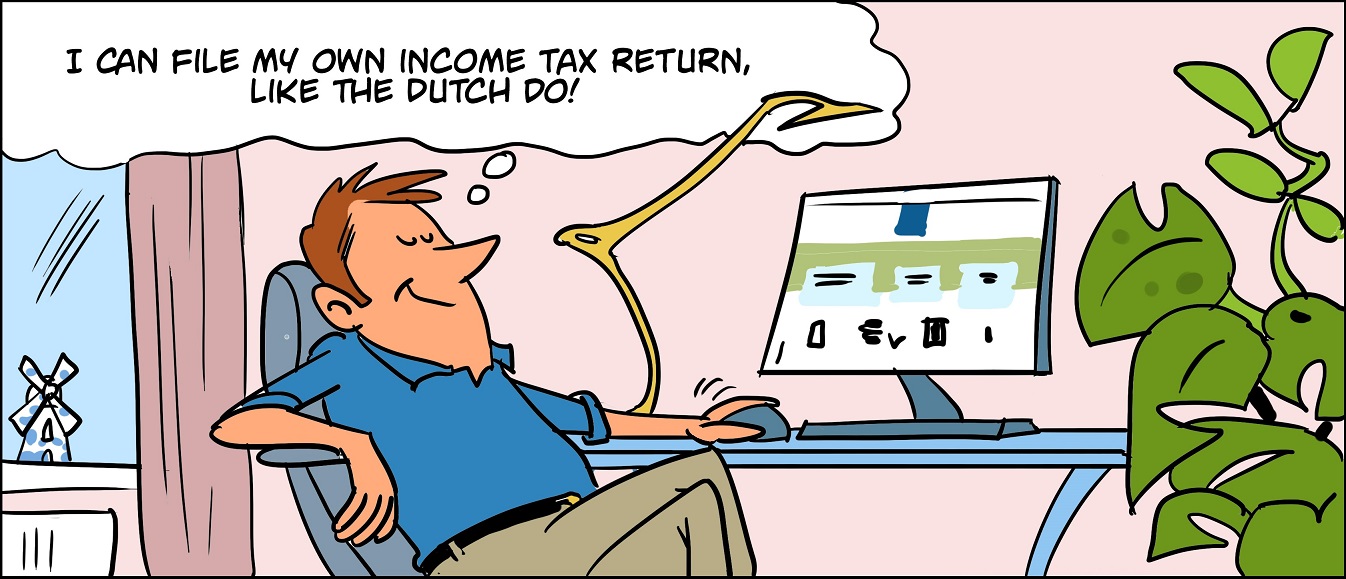A dividend payment is a tool used by the shareholder managing director to get the taxed profit out of the BV company. The tax rate applicable of 25% appeals to most shareholders, instead of the max 52% income tax rate. However, it is not as simple as you might think.
How is a dividend payment made?
The meeting of the shareholders need to take the decision that a dividend payment is to be made to the shareholders. However, the Dutch tax office has determined that a company cannot simply pay the profit of the company to the shareholders. Some checks and balances need to be made.
The obvious thing to check is that the amount of dividend paid will not result in a negative general reserve of the company. In other words, not more profit is paid via a dividend then the company had actually left over in the general reserve.
The less obvious check is the future obligations. This dividend payment cannot result in a liquidity issue in the future. Most common example. The BV company has made arrangements within the company to arrange for a pension for the managing director shareholder. Till a couple of years ago that was a simple profit reducer, without much implications. That changed the moment the Dutch tax office demanded the obligation of the BV company to pay the managing director a pension is no longer valued on the basis of the bookkeeping, but on the basis of the economic obligation. In other words, how much would it cost the BV company to purchase an identical pension insurance with a pension insurance company. The outcome is that such an insurance will be much more expensive than the amount in the books of the BV company.
If then a dividend is paid now, where it is obvious that will create in a liquidity issue in 10, 20 or 30 years time when the pension exercises, this dividend payment is illegal. Anything illegal will result in a penalty and the dividend needs to be reversed.
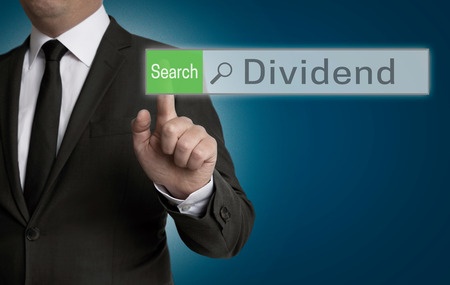
That implies that basically any BV company with a pension obligation cannot make a dividend payment. This is one example, there will be a limited number of more examples.
What percentage of dividend withholding tax is due?
A dividend paid to the managing director shareholder private person is subject to 25% dividend withholding tax. The company will withheld immediately 15% on the payment and in the income tax return in Box 2 the private person reports the dividend, and another 10% is due.
This dividend payment can only be made if the BV company made a dividend note. The dividend note has never had much attention by anybody, but the Dutch tax office has taken a formal point in this matter. If the dividend note is not made correctly, no dividend has been set. The note basically contains the address details, date of determining the dividend, explanation of the amount and the dividend tax withheld.
The above does not apply to payments made from one BV company to another where the shareholder holds at least 5% of the shares. A dividend is then paid at 0% dividend withholding tax and no dividend note needs to be made. The decision to pay a dividend is still with the shareholders meeting and the checks and balances need to be made.
Even though 0% dividend withholding tax is due over this type of dividend, you need to file a dividend withholding tax return in which you indicate you opted for the 0% dividend withholding tax.
A dividend can also be paid to a shareholder abroad. A dividend paid to a foreign corporate shareholder that holds more than 5% of the shares is again taxed at 0% dividend withholding tax, if we have a tax treaty with the country where the shareholder is registered. Most of the time 15% dividend withholding tax is withheld for payments to others than shareholders holding more than 5%. However, per tax treaty different rates can be agreed upon. But 0% and 15% are the most common percentages.
Fiscal unity and dividend
A BV company can hold the full shares of another BV company and have requested to become a so called fiscal unity. That implies that for tax purposes both companies have become one. A loss made in one BV company is immediately set off against a profit made in the other company.
Eventually a fiscal unities will end, that implies something has changed and either the shareholder no longer holds 95% or more of the shares and therefore does not meet the requirements to be a fiscal unity. Or the shareholders has reasons to simply terminate the fiscal unity.
The Dutch tax office demands both companies to keep on acting as separate BV companies during the fiscal unity period. This to have a good track on where which profit actually should be allocated, and where which investment is registered. Part of that type of bookkeeping is that you need to file a dividend withholding income tax return within the fiscal unity, which has no effect, other than making clear to the Dutch tax office profit has shifted from one company to the other.
When is the dividend withholding tax return due?
Within one month from the moment the shareholders meeting has decided on the dividend, the dividend withholding tax return needs to have been filed. If the outcome of that tax return is, that dividend withholding tax is actually due, then this amount should have been paid also within one month from the date the dividend has been decided.
Why would you make a dividend payment?
A dividend payment is made to safeguard the profit made by the BV company. For instance you made a EUR 100.000 profit in the BV company. Bad things happen and the BV company is held liable, or the business of the BV company suddenly stops to exist, no more clients. In both cases the BV company will go bankrupt and your EUR 100.000 profit is gone.
If you make annual dividend transfer to yourself or to a Holding BV, then bad things can still happen to the working BV. The working BV can go bankrupt, however, your EUR 100.000 profit was transferred to the Holding BV company or yourself, hence the company no longer exists, but you still have the money made with the company.
The holding company can then decide to pay that amount as a dividend to the private person at 25% dividend withholding tax. Or if you have no holding company in between, you already paid 25% dividend withholding tax and the net amount of the dividend is free to be spend by you.
Orange Tax Services
We assist BV companies in their bookkeeping, tax affairs and therefore we also see whether or not it is possible or wise to transfer a dividend from one BV company to the other. Would you like to learn more about your BV company and corporate tax or dividend withholding tax issues, feel free to contact us.


